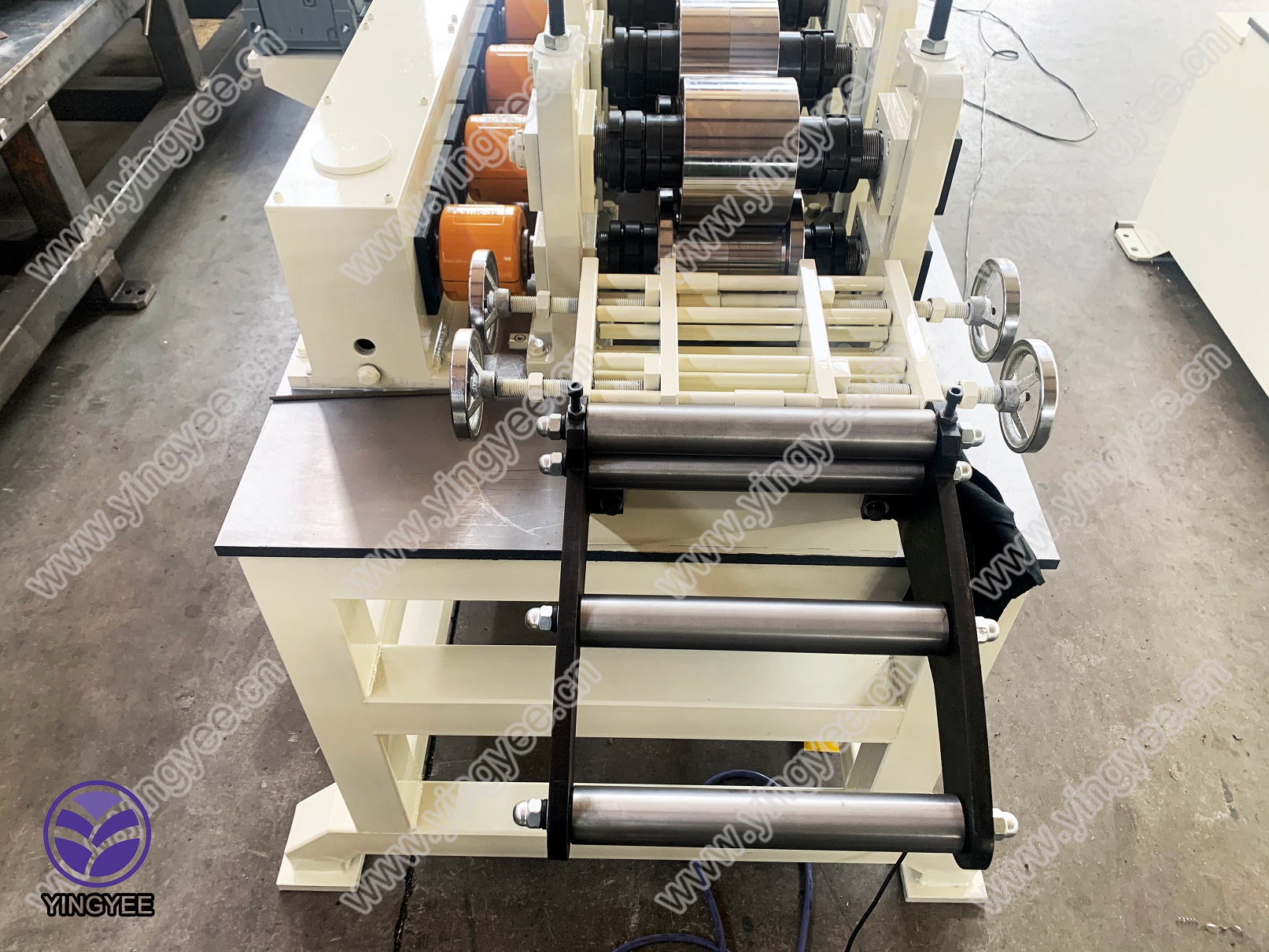
Main Channel Forming Machine Revolutionizing the Steel Industry
In the modern landscape of manufacturing, efficiency and precision are paramount. Among the array of machinery that enhances productivity in metal fabrication, the main channel forming machine stands out for its ability to produce consistent, high-quality channels for various applications. This specialized equipment is essential in industries ranging from construction to automotive, demonstrating its versatility and significance.
Understanding Main Channel Forming Machines
A main channel forming machine is designed to produce channel sections — typically used in structural applications where strength and durability are critical. These machines utilize a process known as roll forming, where metal strips are continuously shaped through a series of rollers. This method allows for high production rates and minimal material waste, making it both economically and environmentally beneficial.
The process begins with feeding a flat metal strip, often made from hot-rolled or cold-rolled steel, into the machine. As the strip moves through the rollers, it is gradually formed into a channel profile by being bent and shaped. This not only ensures uniformity in the dimensions of the channels produced but also imparts strength through the cold-working process, which enhances the material properties.
Applications of Main Channel Forming Machines
The channels produced by these machines are utilized in a wide range of applications. In construction, they serve as essential components in the framing of buildings, providing structural support and stability. Their ability to bear significant loads makes them ideal for both residential and commercial developments.

In the automotive industry, main channel forming machines contribute to the manufacturing of various components. Channels are integral in creating vehicle frames and brackets, ensuring that they can withstand the rigors of daily use while maintaining a lightweight structure. Furthermore, in the rail and transportation sector, channel profiles are used in the construction of tracks and support structures.
Benefits of Main Channel Forming Machines
The advantages of adopting a main channel forming machine can be significant for manufacturers. First and foremost, the efficiency of the roll forming process allows for high output rates compared to traditional methods like cutting and welding. This translates into lower labor costs and shorter lead times, which are critical factors in competitive markets.
Moreover, these machines provide superior accuracy and consistency in the dimensions of the channels produced. This level of precision reduces the need for secondary machining operations, further streamlining the manufacturing process. The durability of the channels formed also means that they require less post-processing and maintenance, ultimately leading to cost savings over the product's lifecycle.
Another notable benefit is the flexibility offered by modern main channel forming machines. Many designs are equipped with adjustable features that allow manufacturers to easily change specifications, adapting to different project needs without extensive downtime. This adaptability equips businesses to respond swiftly to market demands and emerging trends.
Conclusion
In conclusion, the main channel forming machine represents a pivotal advancement in the metal fabrication industry. By enhancing efficiency, precision, and flexibility, these machines empower manufacturers to meet the challenging demands of various sectors. As industries continue to evolve towards more sustainable and innovative practices, investing in advanced channel forming technology is indispensable for those looking to maintain a competitive edge. As businesses embrace these machines, they not only improve their operational capabilities but also contribute to the broader goal of advancing manufacturing toward a smarter and more efficient future.